Monday, May 30, 2022 – A COMPLEX HISTORY THAT REPLACED BLACKWELL’S ISLAND

VISIT LIGHTHOUSE PARK TONIGHT TO SEE THE LIGHTHOUSE IN RED, WHTE AND BLUE!

FROM THE ARCHIVES
MONDAY, MAY 30, 2022
THE 688th EDITION
RIKER’S ISLAND
STEPHEN BLANK
The Story of Rikers Island
Stephen Blank
Many Roosevelt Islanders know that the first major construction on our island (then Blackwell’s) was the Penitentiary, that it was closed, and that the facility was moved to Rikers Island. Like other New Yorkers, we know that Rikers Island is a grim and dangerous place and that conversations have been long underway about closing it down. Those of us who watch Law and Order know that everyone just calls it “Rikers.”

Rikers island is home to one of the world’s largest correctional and mental institutions, with 10 of the NYC Department of Correction’s 15 facilities that can accommodate 15,000 detainees. The complex has an annual budget of $860 million, a staff of 9,000 officers and 1,500 civilians managing 100,000 admissions per year and an average daily population of 10,000 inmates. Most detainees are pretrial defendants, either held on bail or remanded in custody. Rikers Island is therefore not a prison by US terminology, which typically holds offenders serving longer-term sentences. According to a 2021 analysis, it costs the city approximately $556,539 to detain one person for one year at Rikers Island.
But, beyond these basic data, we probably don’t know much about it. Turns out, Rikers island has a very interesting history.
It’s named for Abraham Rycken, who took possession of the island in 1664. The Rycken family was a wealthy Dutch clan. Through Richard Riker (the name was Anglicized), it became deeply linked to our City’s slave legacy. Intermittently, from 1815 to 1838, Riker was the recorder of New York City, a municipal officer who oversaw the city’s criminal court. Accounts tell that he was responsible for judging that many free black men, women, and children were “fugitive slaves”— thereby enabling their kidnapping and sale in the South without trial.
Riker received a kickback from kidnappers and was apparently so renowned for these actions that he and two policemen, whose primary goal then was catching slaves, were labeled the “Kidnapping Club” by local abolitionists. “In accordance with the Fugitive Slave Act, members of the club would bring a Black person before Riker, who would quickly issue a certificate of removal before the accused had a chance to bring witnesses to testify that he was actually free.” (Elizur Wright Jr.’s 19th-century newsletter “Chronicles of Kidnapping.”)

Detail from 1852 map on Page 48 of The Rikers.
During the Civil War, the island was used for military training. The first regiment to use the Island was the 9th New York Infantry, which arrived there on May 15, 1861. The Anderson Zouaves followed on July 15, 1861, commanded by John Lafayette Riker who was related to the island’s owners. Their camp was named Camp Astor after John Jacob Astor Jr. who provided funds for the army and the raising of the Anderson Zouaves.

More interesting (and with some poetic justice), on March 5, 1864, a crowd of over 10,000 New Yorkers watched as 1,000 well-disciplined Union army troops left Rikers Island and marched west to the Hudson River, their dark blue uniforms and crisp white gloves and white leggings glistening in the sunlight. What made this event so unusual was that the soldiers were black. The 20th Colored Regiment was formed by the New York Union League, who hoped to present the black troops as part of the New Society that would take place once the South was defeated and the country united.

Presentation of colors to 20th U.S. Colored Infantry Regiment, New York City, March 5, 1864 https://hd.housedivided.dickinson.edu/node/32597
The troops received their training at Rikers Island before being sent to Louisiana. The 20th and the 26th Regiments were part of the 180,000 black soldiers and sailors who served the Union cause. These troops were paid less than half of their white counterparts’ salaries, received inferior equipment, and lived in poor conditions.
Near the end of 1864, Rikers Island became a prisoner of war facility for Confederate soldiers.
In 1884, New York City’s Commission of Charities and Corrections purchased the island for $180,000 from John T. Wilson, a Riker family descendant, for use as a workhouse. It became the City’s Municipal Farm where drug addicts were treated, both under sentence and self-committed. Not much information exists about the Farm, but a 1922 report by the Municipal Farm’s resident physician notes: “The drug addict hospital located at the Municipal Farm received and treated 1,898 inmates. Approximately 30%, or 500 inmates were repeaters and about 10% of the 500 repeaters returned for a third treatment…. The daily average number of patients in the hospital was 50 patients, treated at the clinic were 2,000.”

| Rikers Island Municipal Farm dorms circa 1910s/1920s. The same report describes “special work of more than ordinary importance”: • “Installation of complete moving picture equipment, also telephones between the doctor’s residence and main office. • “Erection of new piggery building under construction. • “Addition and alternation to shop building nearing completion. • “Erection of new steel smokestack for steam boiler under main kitchen. • “Installation of new plumbing fixtures and water supply pipes and cement flooring in toilet rooms of dormitory Nos. 5 and 6; also new tubes in steam boilers. • “Renovating and painting main office, mess hall, dormitories Nos. 1, 2, 3 and 4, exterior of doctor’s residence and employees’ cottage. • “Installation of new feeders supplying electric current to dormitory No. 5.” The Bureau of Education and Recreation reports: “In summer, inmates play baseball on Sunday afternoons. Motion Pictures are shown twice a week during summer and on Sunday afternoons and holidays during winter. On Thanksgiving, Christmas and New Year’s Day entertainments were given by inmates.” The City had other plans for the island. As early as 1925, discussions went on about opening a jail for men on Rikers Island to replace the overburdened Blackwell’s Island facility. It would be the very model of a modern institution, “the highest type of prison that the science of criminology has developed” based on a year-long study of the best prisons in America and Europe. In 1928, Times reporter Virginia Pope described how its construction “would relieve congestion and correct evils of present penitentiary” on Blackwell’s. Rikers was celebrated for its modern architectural design. And with the appointment leaders who were well-known and highly respected for their work on prison reform and commitment to rehabilitation, especially educational initiatives, it was to be the embodiment of a “rehabilitative ideal.” The transfer of inmates to Rikers was to be gradual and partial. But when a major corruption scandal was uncovered on Blackwell’s and it was closed permanently in 1935, inmates were moved faster than had been planned and shambles began at the very beginning. It would be a history littered with good intentions. Rikers Island grew over the next years. The first stages of expansion were accomplished largely by convict labor hauling in ashes for landfill. After ocean dumping of garbage was banned in 1922, much of the city’s waste ended up on Rikers Island. Unlike other city landfills, which were filled to a height that usually did not exceed 10 feet above sea level, Rikers Island Landfill was mounted as high as 125 in the eastern fill area. Landfill continued to be added to the island until 1943, eventually enlarging the original 90-acre island to 415 acres. |

Problems mounted quickly. In a January 18, 1934 report to Mayor La Guardia, the city’s Commission of Accounts found “many irregularities and abuses in the construction of Rikers Island Penitentiary,” largely due to “Tammany Hall Corruption.” The report noted that the architects had been awarded a no-bid contract and that multi-million-dollar construction contracts have “clearly been violated in a number of particulars with a probable loss to taxpayers of more than $100,000,” or nearly $2 million in today’s dollars. The report found “serious cracks” in some of the newly constructed buildings and violations in plumbing and roofing contracts, all of which “constitutes an illustration of the reckless way in which the city’s money has been spent with the approval of the Finance Department of the prior administration.” In 1939, a Bronx court found Rikers to be nearly unlivable. Quarters were cramped, conditions were declared unhygienic.
But one problem was resolved. Robert Moses sorted the garbage mess. He didn’t want the unsightly island to be the backdrop for his carefully landscaped 1939 World’s Fair and pushed to get the island cleaned up and have the city’s garbage sent elsewhere—ultimately to the Fresh Kills Landfill on Staten Island.

MAC_1935: Aerial view of unfinished Rikers Island penitentiary buildings, ca. 1936. Department of Corrections, NYC Municipal Archives Collection.
A Little Something Extra
A drawing by artist Salvador Dalí, done as an apology because he was unable to attend a talk about art for the prisoners at Rikers Island, hung in the inmate dining room in J.A.T.C. (HDM) from 1965 to 1981, when it was moved to the prison lobby in E.M.T.C. (C76) for safekeeping. The drawing was stolen in March 2003 and replaced with a fake. Three correctional officers and an assistant deputy warden were arrested and charged, and though the three later pleaded guilty and one was acquitted, the drawing has not been recovered. Alas, time and space force an ending here. But, as you know, the story doesn’t get better. Stephen Blank RIHS May 27, 2022
MONDAY PHOTO
Send your response to:
roosevetltislandhistory@gmail.com

WEEKEND PHOTO

Text by Judith Berdy
Thanks to Bobbie Slonevsky for her dedication to Blackwell’s Almanac and the RIHS
Thanks to Deborah Dorff for maintaining our website
Edited by Deborah Dorff
All image are copyrighted (c)
Sources
https://www.archives.nyc/blog/2019/3/21/the-birth-life-and-maybe-death-of-rikers-island
https://www.essence.com/culture/rikers-island-slavery-ties/
https://www.vice.com/en/article/dp59yq/how-rikers-island-became-the-most-notorious-jail-in-america
https://www.thecriticalsocialhistoryproject.com/new-gallery-21
https://maap.columbia.edu/place/18.html
http://www.correctionhistory.org/html/chronicl/rikersfarm/rikersfarm1.html
GRANTS
CITY COUNCIL REPRESENTATIVE BEN KALLOS DISCRETIONARY FUNDING THRU DYCD


Copyright © 2022 Roosevelt Island Historical Society, All rights reserved.Our mailing address is:
rooseveltislandhistory@gmail.com

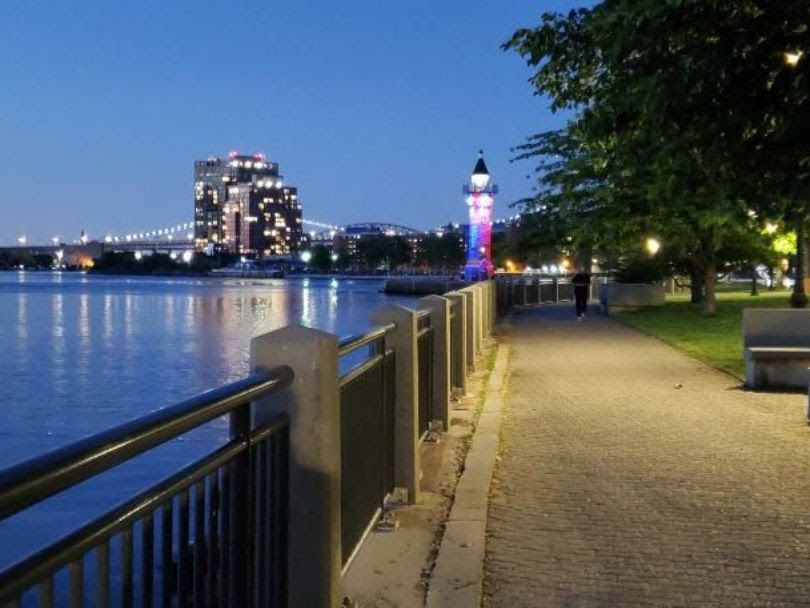
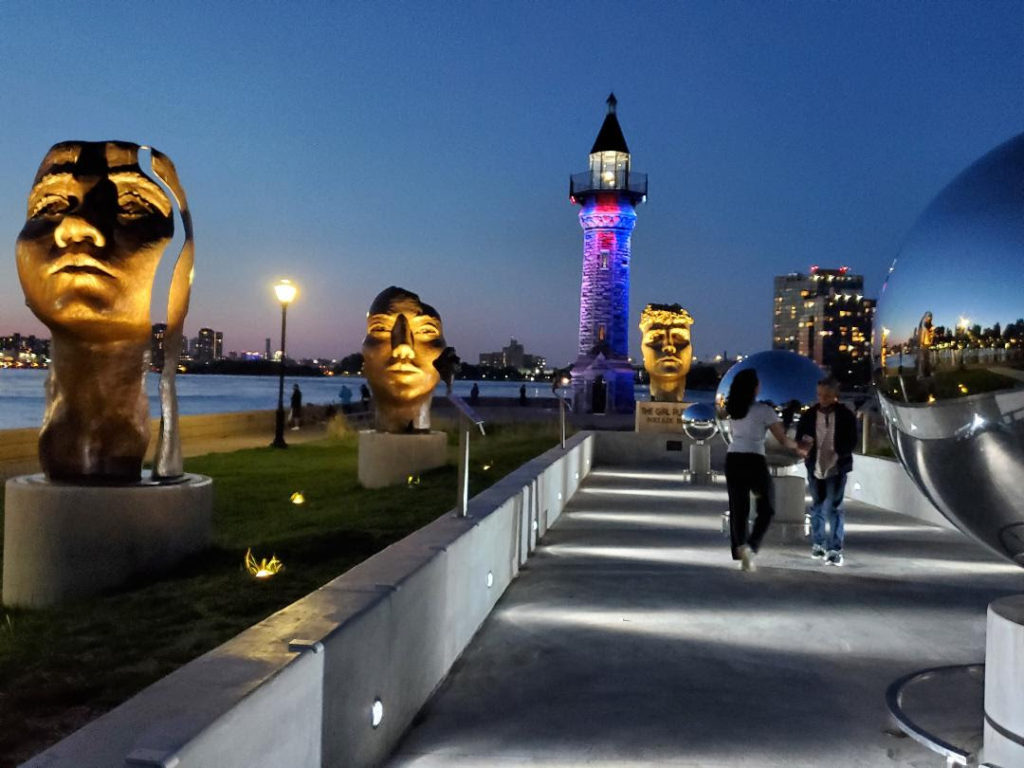
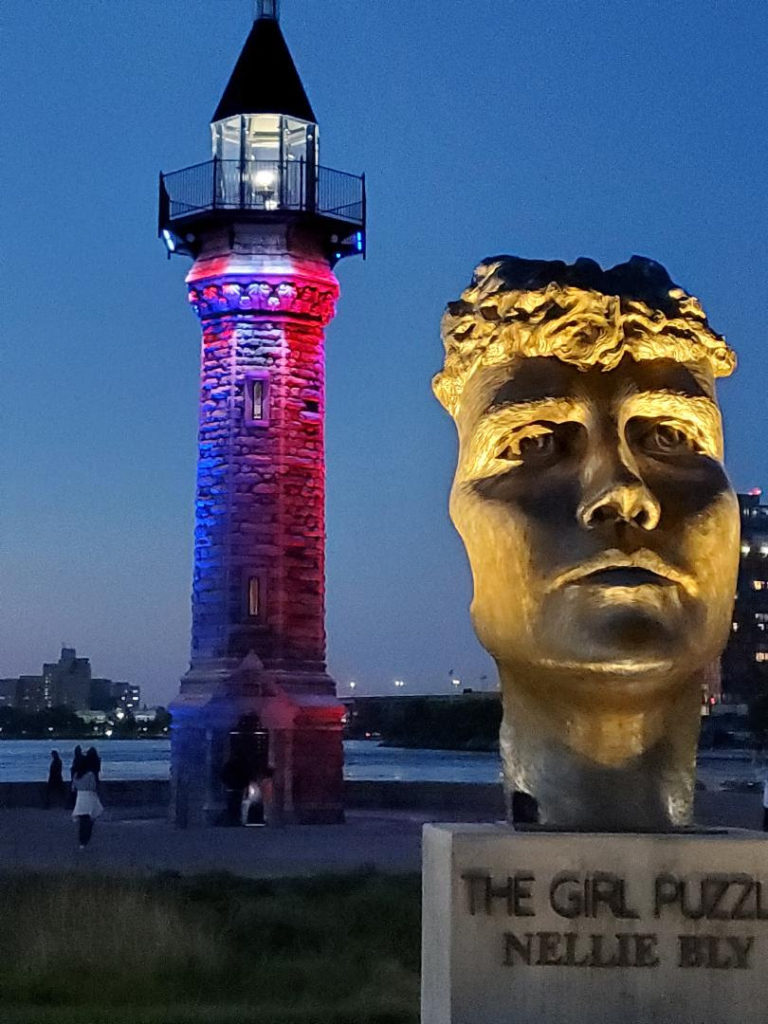
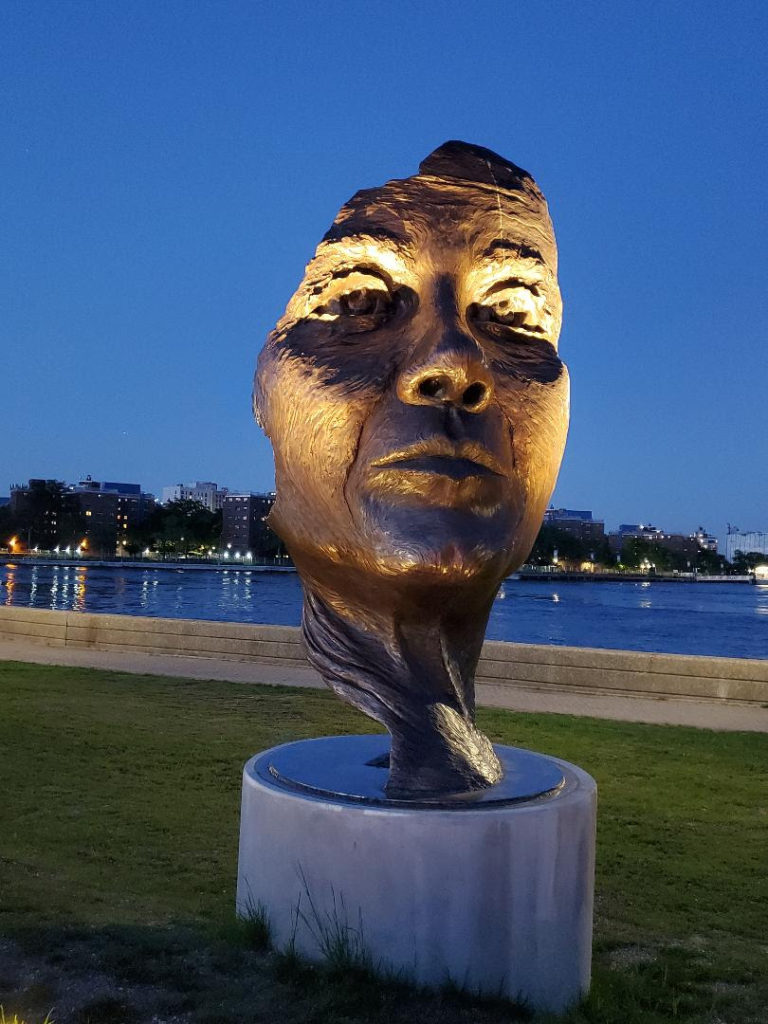
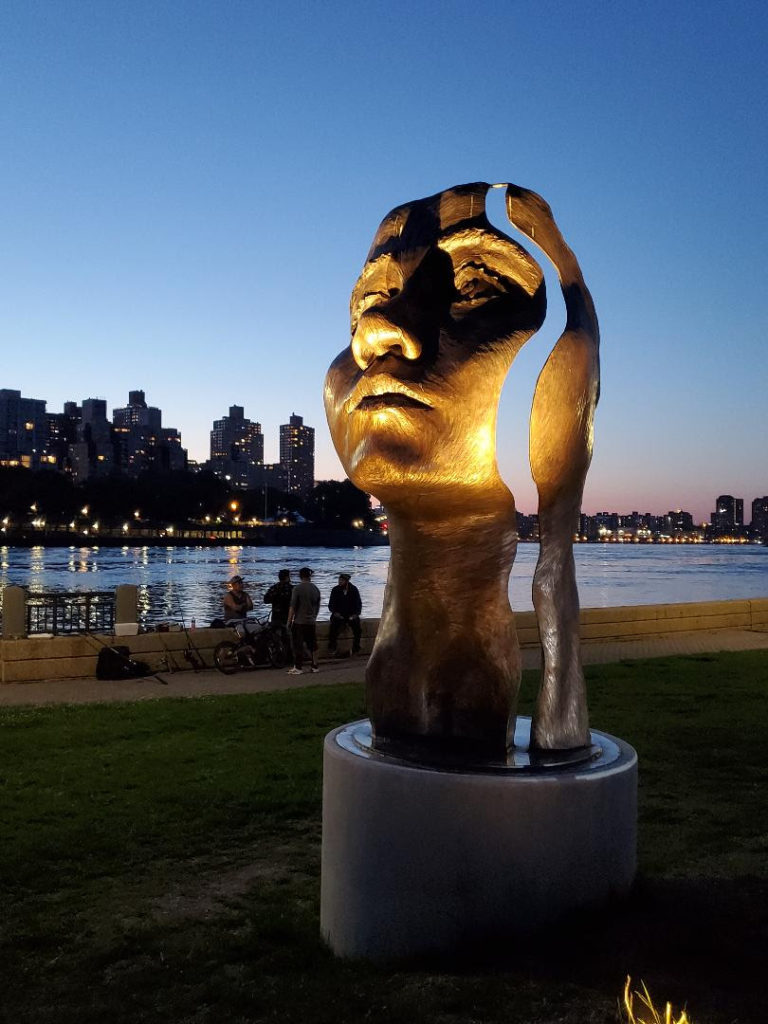
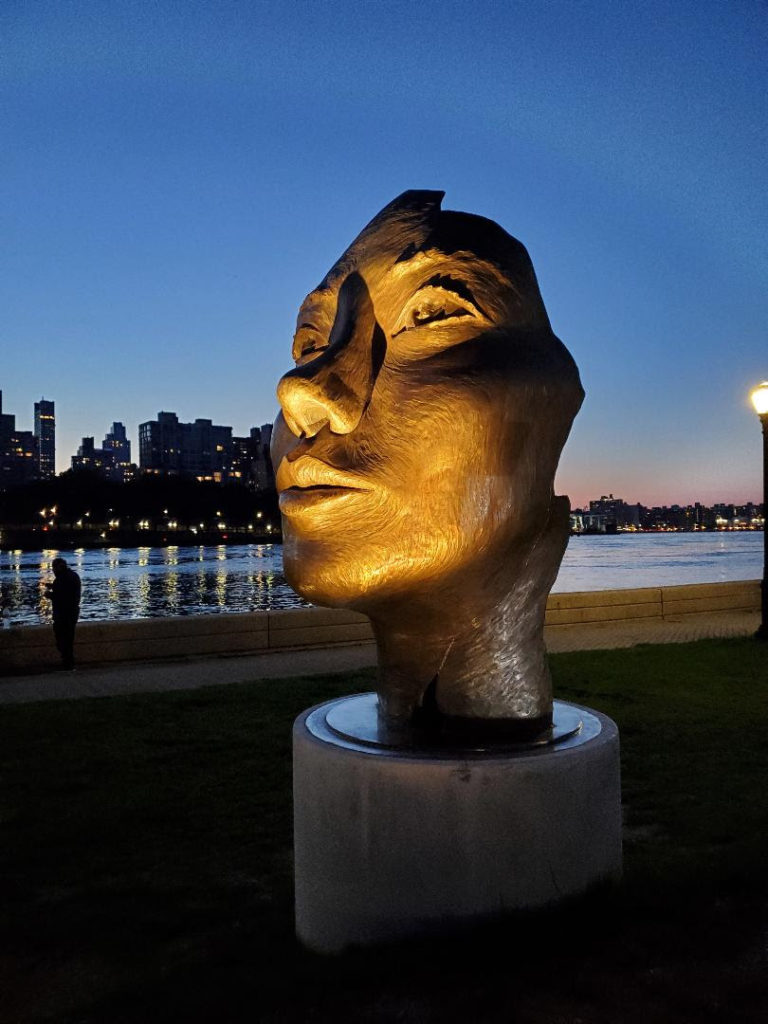
Leave a comment